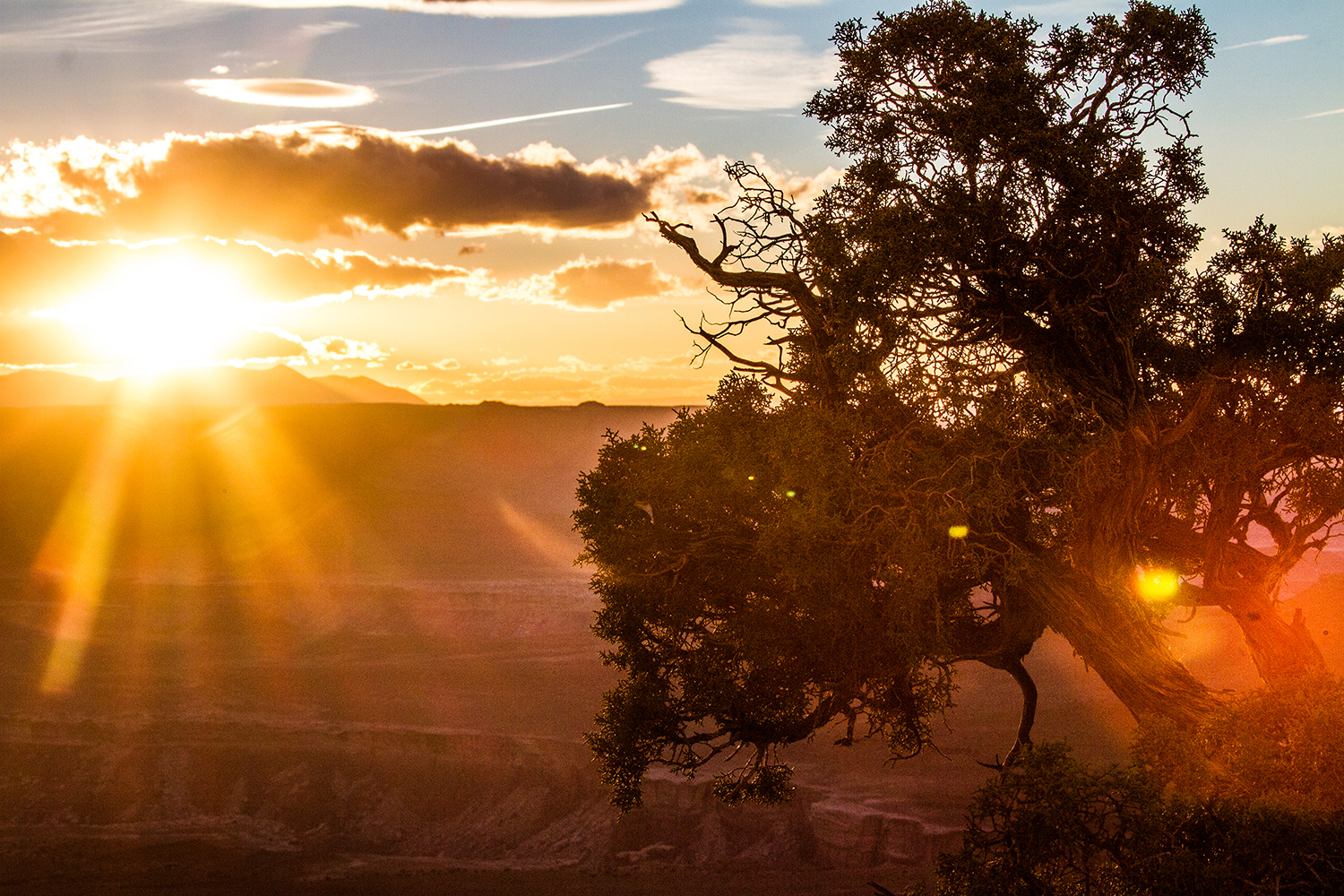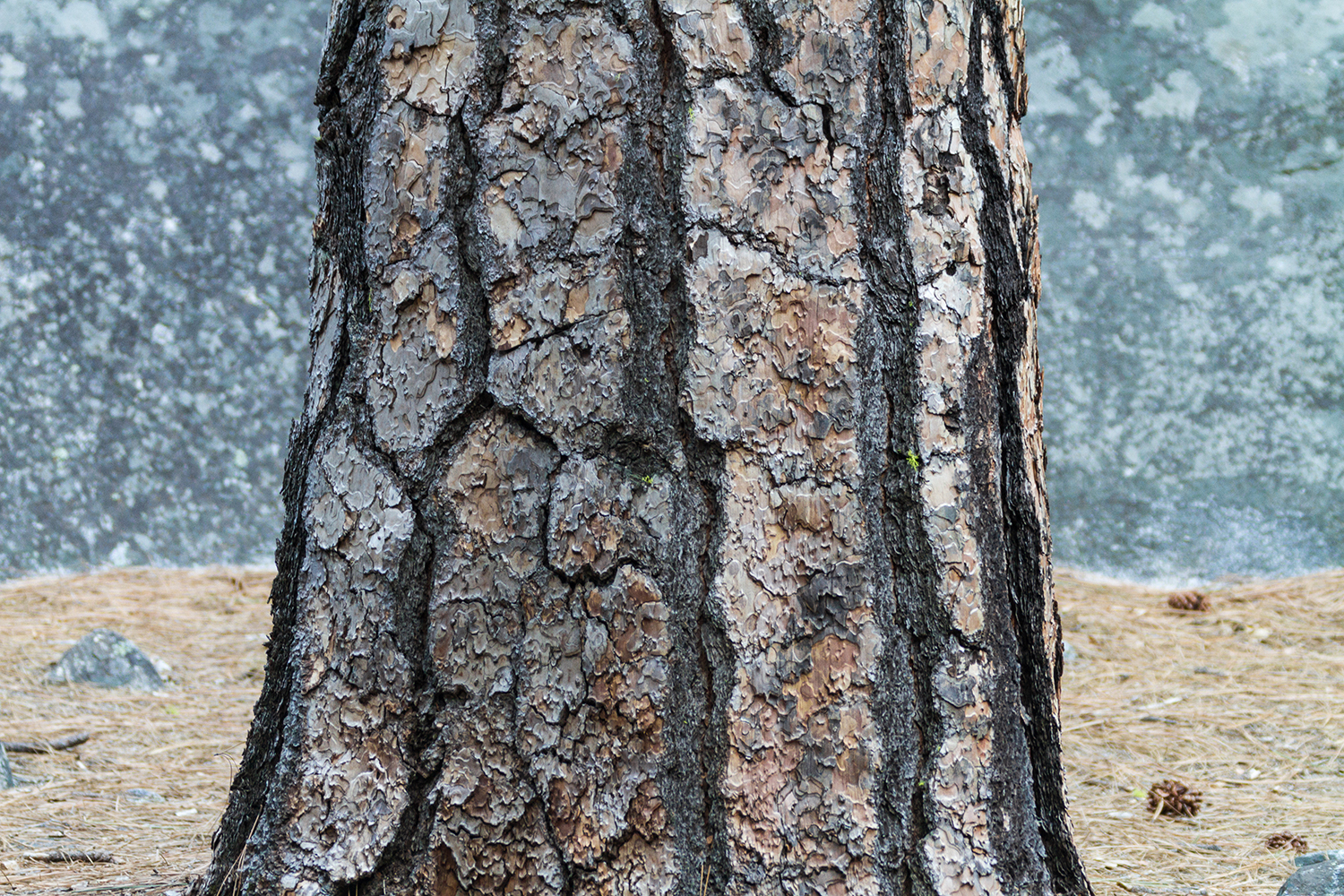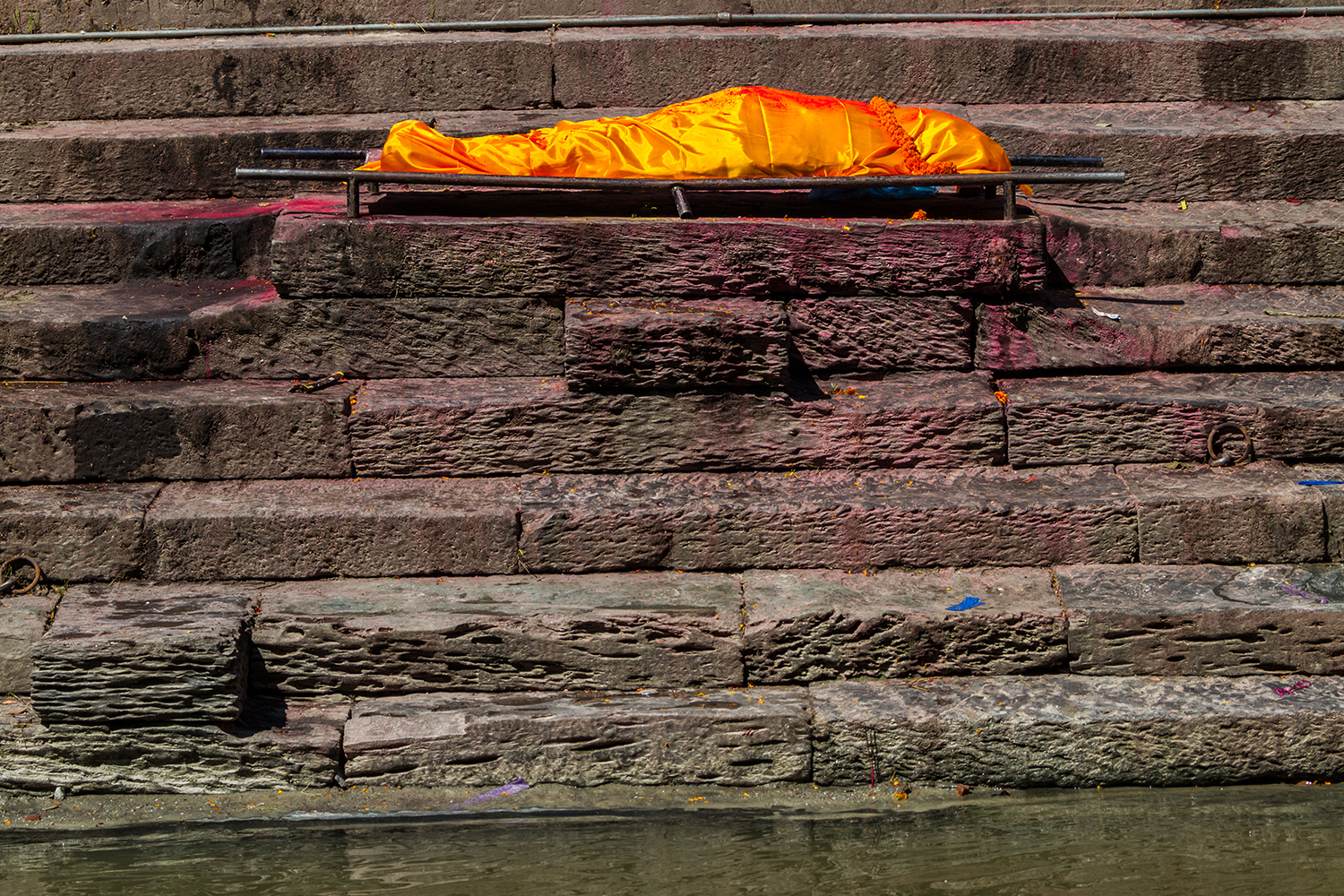Rules are great for keeping things running smoothly. Commerce, the military, and various forms of government would not exist without a strong adherence to rules.
Art is a different story. With art, rules act as a guide but can get in the way of expression. When I teach photography to new students, one of the most important lessons I pass on is, “I’m going to teach you the rules so you understand why they exist. You are then free to use your discretion and ignore them when appropriate.”
Don’t let the rules rule your photography life.
Let me give you the short course on the important photography rules you can and can’t break. The good news for creative types is there are more you can break than not.
The List Of Unbreakable Rules
This list is easy: exposure. Done!
The exposure your camera creates relates directly to shutter speed, aperture, and ISO. Each of those elements relies on physics, which is rather strict about most of its rules. Photography is all about capturing photons first, art second.
Learning the rules of how light works and the effect shutter speed, aperture, and ISO have on exposure is essential to taking control of your photography. Granted, some people never learn and can get lucky; a stopped clock is right twice a day! But if you want to improve, and I am guessing that is why you are reading this article, learn the rules regarding exposure.

One thing I love about photography is that physics is involved. And that makes it reproducible. You shoot a scene at 1/200th f/8 and ISO 400, then shoot another picture with the same settings. If the light never changed, the exposures are exactly the same!
Magic! And if you come back tomorrow, and the lighting is the same, you use the same settings. For those working with portraits in a studio, they love this type of control.
Get to know how each of these independent variables affects the overall exposure so you can start bending the other rules to your liking. Photography is an exercise in cause and effect. Learn what happens when you stop down your aperture, jack up your ISO, or slow your shutter speed to 1/10th of a second.
Let’s Have Some Fun
With the hard-nosed topic out of the way, let’s look to the more flexible, or even downright breakable, rules.
Shoot During The Golden Hours
The best light is between sunrise and 1.5 hours after, or 1.5 hours before sunset and sunset. Some say don’t shoot after 10am or before 3pm.

While there is typically excellent light at these times that will help any landscape photographer, that is a fairly narrow swath of the photographic world. Heck, even landscape photographers can find delightful scenes outside of the Golden Hours.
Portraits can be shot in midday with the help of a light diffuser. Flowers take on all kinds of color at 2 pm on an overcast day. Have you ever looked up through the canopy of aspen trees in fall with the sun directly overhead? Or caught the nearly full moon high in the sky?

Photography is about knowing light and using it the way you want. It’s easy to say “That’s not good light” and you might be right … for one specific application. Shooting Yosemite in the middle of the day is not as pretty as at sunset. But growth in photography comes from pushing yourself to learn constantly.

If the light is not perfect for what you want (or you enjoy sleeping in), what can be shot well with the light you have?
Ignore the clock, look at the light.
Subject In Sharp Focus
Corporate headshots should have the subject in sharp focus with no distracting background. That is true and a good rule.
And yet … corporate photography (and product photography in general) is, again, a small sliver of the photographic world. For the rest of us, super sharp pictures should not be our only focus.

In my teachings, I always challenge beginning photographers to head to the library and pick up a stack of National Geographic magazines. Nat Geo is largely considered one of the highest quality sources of photography anywhere. Staff photographers will shoot over 10,000 images, easily, for an assignment.
Then the editor selects just 7-12 of those pictures to accompany a feature story. Meaning those images are very specific, and there are specific reasons those, and only those, images made it into the magazine. Now look at all the images in a single magazine. Is the subject always perfectly in focus?
The answer is, no. And the subject doesn’t need to be, especially if the image is still able to convey an emotion the photographer wished to communicate.
If you are shooting more for art and less for documentation, you can throw this rule out the window from the start. Distract your viewers with a crazy background. Use a slow shutter speed for a fast subject. Pan your camera like crazy while shooting slow and don’t be afraid to play with colors in your computer.

Photography as art conveys emotion. Sometimes those emotions have our eyes a little clouded with tears, and our focus is not sharp. Our photo subjects need not be in sharp focus to share our emotions.
Rule Of Thirds
The Rule of Thirds is an excellent tool with which to learn photography composition. It can aid newbies in creating more pleasing images than they might have crafted otherwise. Symmetry, balance, or even the Golden Mean (Fibonacci Spiral, etc … ) all have their place.
Don’t stop there! Take your shots with the classic tools, using the classic rules, and then step outside the box.
Shoot with your subject right in the dang center of the screen.

Drop your horizon until it almost falls out of the frame.

Let your subjects take a non-symmetrical path across the frame and end where there are no intersecting lines.

If you only want to please viewers, use the Rule of Thirds, Golden Mean, symmetry, etc.
When looking to express yourself or create interesting art, break those rules at will.
Framing
There are some great rules to consider regarding framing. I love filling the frame with a subject and using negative space. You’ve probably also read that you need to balance elements, you need depth, you need to frame your subject or give the subject room to move or look.
Excellent places to start.
Now let’s tear them down.
Sometimes your subject doesn’t want to fill the frame. Sometimes your subject wants to be lonely and floating. Not dominant but not invisible. Sometimes it also needs context:
Filling the frame

Giving context

Good art comes from unbalancing the viewer and forcing them to think differently about their world. Balance is good for delicate subjects while imbalance gets attention as well.

Landscape images require depth. Some teachers will say it’s all about hyperfocal techniques and showing it all sharp. Others say you could let your backgrounds become blurry and lose that depth. I say stop your viewers up front and don’t give them everything they want.

I’ve read that you need to give your subject some place to move or look in the frame. This helps lead the viewer and if the viewer is lead out of the frame then they are left wondering and the images is not complete. I say let them wonder! Again, unbalance their world and let them ask questions.

Leading Lines
The concept of leading lines is to bring your viewers to your subject or direct them through the frame. You can also use patterns to point the way.

Once you master that rule, break it. Take your viewers away from the subject. Guide your viewers off the side of the frame.


Go Forth And Rebel
While certain types of photography concern themselves with accurate documentation of the world around us, many of us just want to create art of some type.
Sometimes that art wants to be a certain type of pretty and obeys the laws. Nothing wrong with that!
But other times, for those looking to be more expressive and push the limits, the standard photography rules are too confining.
I’m here to tell you it’s perfectly okay to break the rules that can be broken when you deem it appropriate for your artwork. Art is not about right and wrong. It’s about expressing yourself and conveying emotion.
Don’t let the rules rule your photography life.
If you’ve got some other rules to break, head over to the XEQUALS Facebook page and share them.



